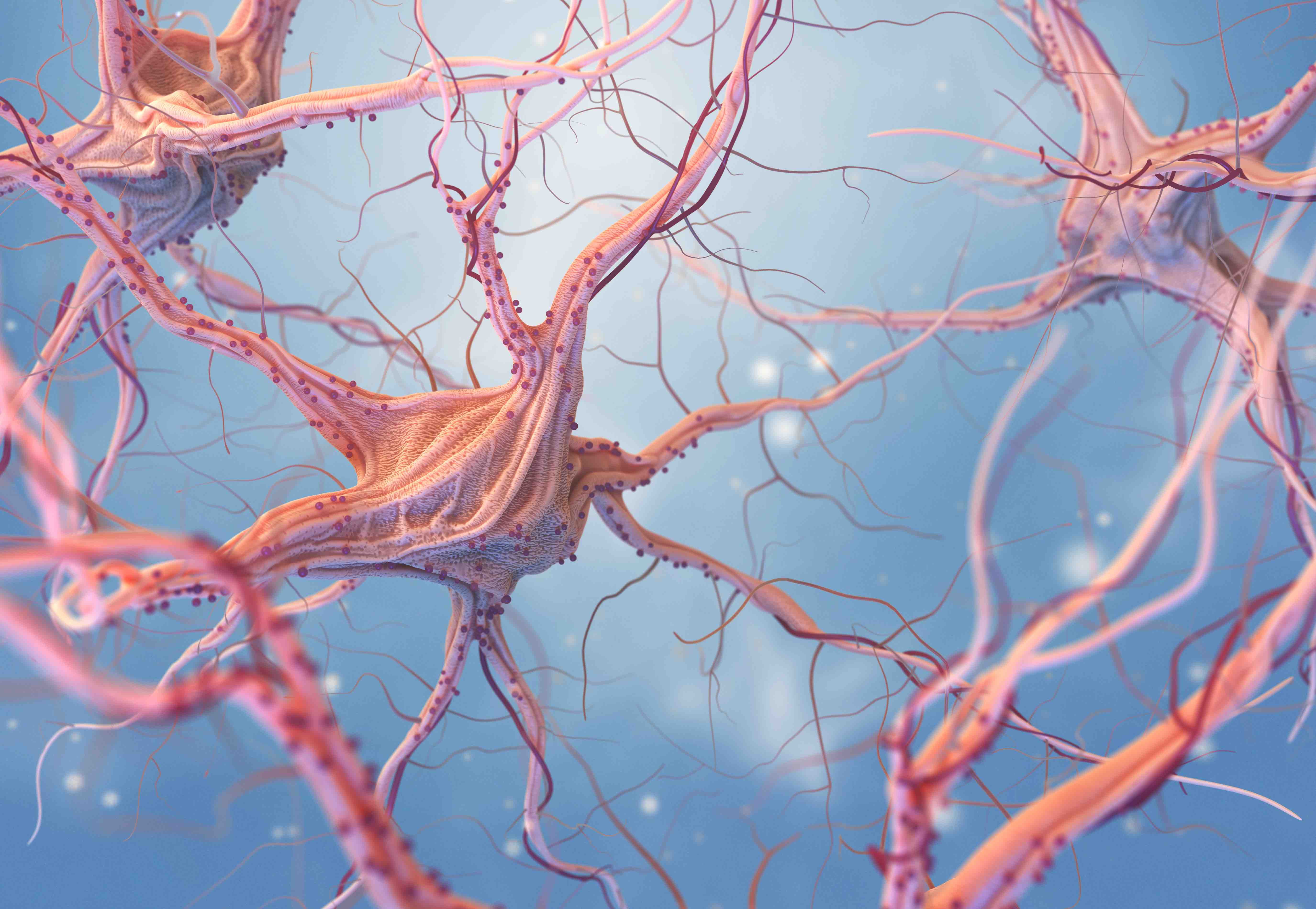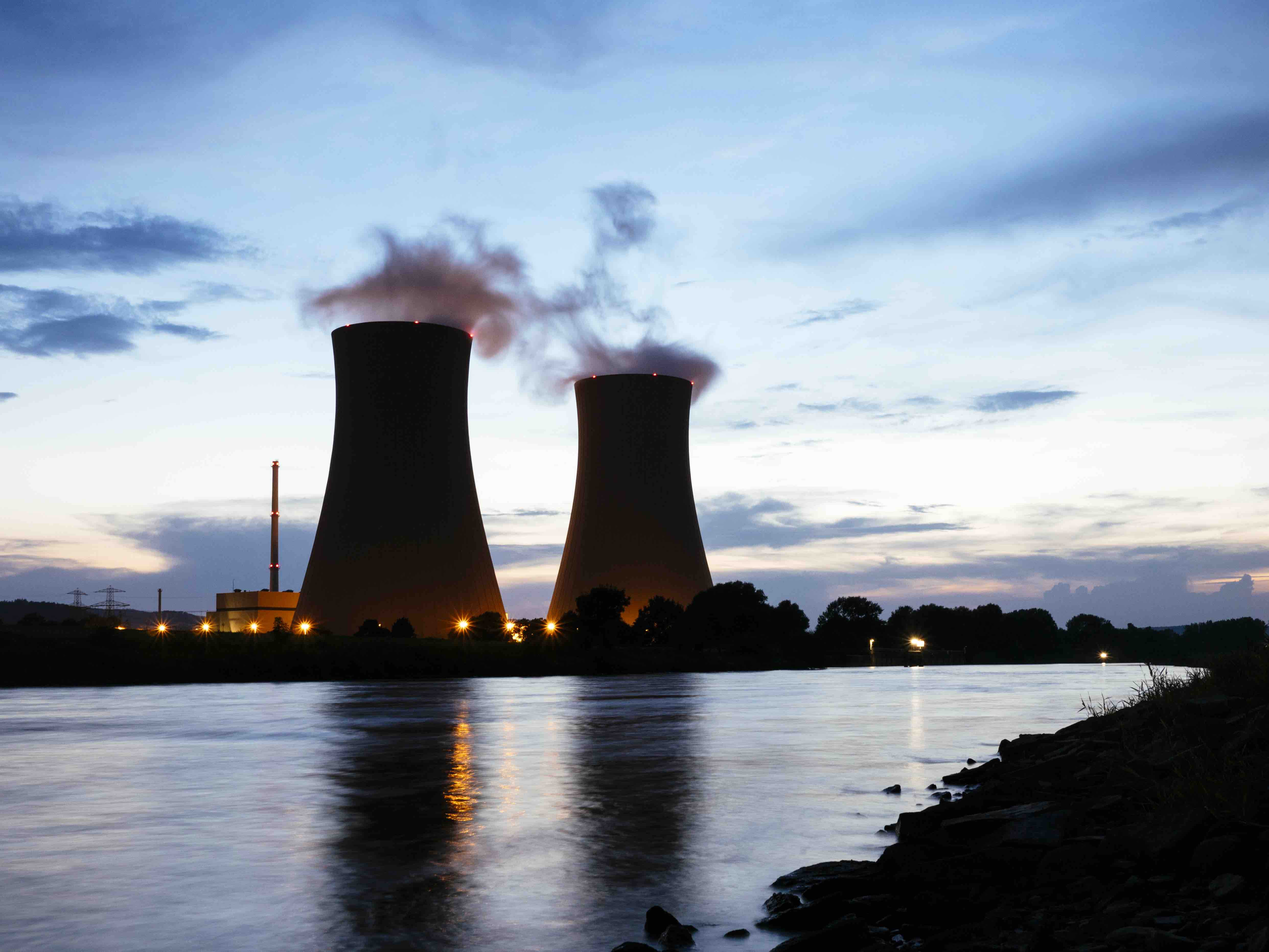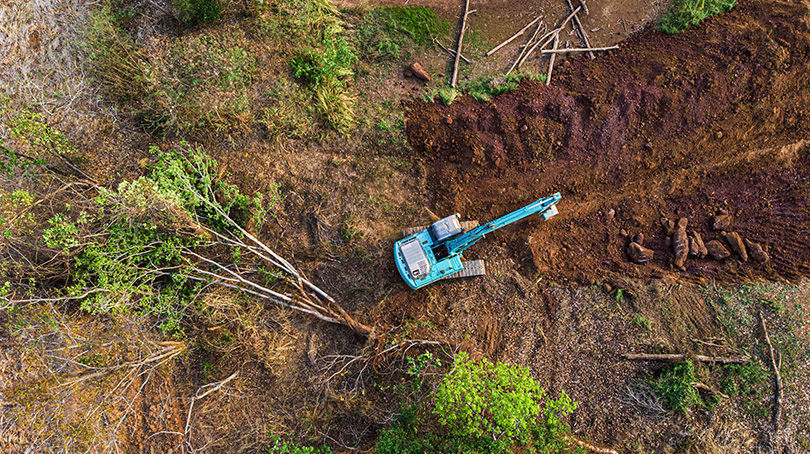A worldwide heat wave is occurring as a result of global warming and climate change. Surely, human beings, animals and flora are affected by it but guess who else is feeling the heat– ChatGPT, the Open AI chatbot. Apparently, the automaton that has been the talk of tech town enjoys staying hydrated.
After the open AI chatbot’s launch in November 2022, it has gained enormous popularity. More than 100 million individuals use it monthly. Overall, it has created ripples. But probably more ripples than needed.
Recent research conducted by the University of Colorado Riverside and the University of Texas examined the “water footprint” that large AI models such as OpenAI’s ChatGPT leave during their training. The amount of water required to run ChatGPT, which is utilized by billions of users worldwide, is “extremely large”.
How Ai Chatbots Drink Water
The chatbots do not actively consume water. The consumption is done through their data centers to generate electricity and cool the access servers. Data centers are large facilities that contain thousands of computer servers used to store, process, and transmit digital data. Chatbots rely on tens of thousands of globally dispersed servers, which are high-functioning devices that require regular cooling to maintain optimal performance.
Data centers in the US account for 2% of greenhouse gas emissions and roughly 1.8% of the country’s overall energy consumption, according to a research by the US Department of Energy. Researchers observed that the chatbot requires a 500 ml bottle of clean water approximately for every 20 to 50 queries; and during training, it consumes nearly 700,000 liters of water.
The water consumed also refers to clean freshwater (to prevent corrosion and bacterial growth) that data centers use for generating electricity and cooling servers to run AI models, which were examined using a framework developed by the researchers.
Consider how much water it has consumed and how its “water footprint” is expanding. This environmental metric is analogous to a carbon footprint. It measures the consumption of freshwater.
In some instances, data centers have been constructed in water-scarce regions, exacerbating the problem. experts claim that AI models have an enormous water footprint, but have flown under the radar. This is extremely problematic and AI could possibly get away with it, while the WHO asserts that 1 in 3 people globally do not have access to safe drinking water.
 Hard drive with water droplets
Hard drive with water droplets
Efforts To Lessen Harm To The Environment
Increasing the efficacy of the cooling systems is one way to reduce the negative environmental impact of data centers. This can be accomplished by employing innovative cooling technologies that reduce water and energy consumption. Using renewable energy sources to fuel data centers is another option including installation of solar panels, wind turbines, and other renewable energy systems. Some data centers are also investigating the use of energy storage systems, such as batteries, to store excess renewable energy.
In addition, data centers can optimize their servers and IT equipment to reduce their overall energy consumption. This includes the utilization of energy-efficient hardware and software, the virtualization of servers, and the implementation of power management systems.
While data centers play a crucial role in fueling the technology we use every day, their environmental impact cannot be overlooked. It is imperative that data centers implement sustainable practices and technologies to reduce their energy and water consumption and their environmental impact.
Water issues are intensifying across the world and businesses must recognize their crucial role in it. They must exhibit social responsibility and increase data transparency, or should we say - “spill the Chat GP ‘Tea’?”







